Question:
What is the effect of the settings "Approach of pure tension restraint", "Approach of bending restraint", or "Depending on the defined load" for the determination of the minimum reinforcement A-s,min due to restraint?
Answer:
The selection in the "Limit of Crack Widths" tab of Window "1.3 Surfaces" has a direct impact on the kc factor for the analytical calculation of the minimum reinforcement A-s,min for effects due to restraint according to Equation (7.1) of DIN EN 1992‑1‑1, 7.3.2.
When you select "pure tension restraint", the value k-c = 1.0 applies in Equation (7.1). When "bending restraint" is used, the module strictly applies the factor k-c as 0.4.
When you select "Depending on the defined load", the program interpolates the element of the k-c value by the element depending on the stress distribution in the cross-section using the defined load.
This results in a constant distribution of the minimum reinforcement due to restraint being determined for the respective reinforcement direction of the surface when selecting "pure tension restraint" or "bending restraint". When you select "Depending on the defined load", there will be no constant distribution of the minimum reinforcement due to restraint.
The program behavior described above is the same in RF‑CONCRETE Members and RF‑CONCRETE Surfaces (in RFEM 5), and is applied to the CONCRETE add-on module (in RSTAB 8).
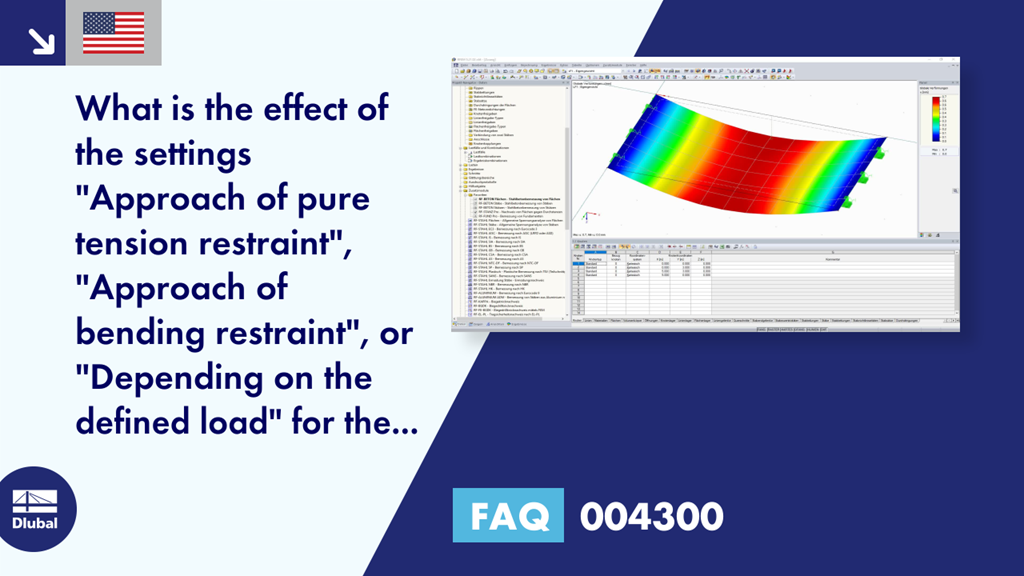















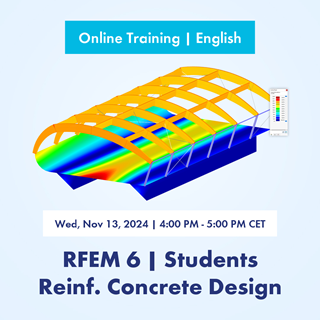
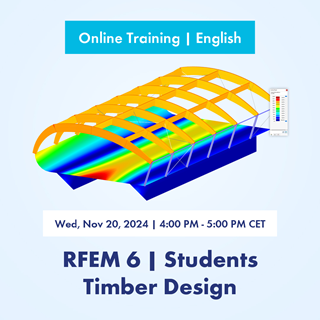

















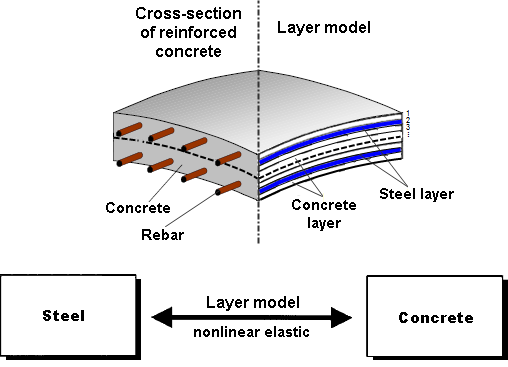
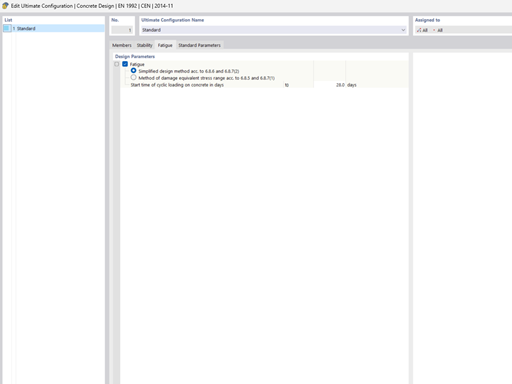
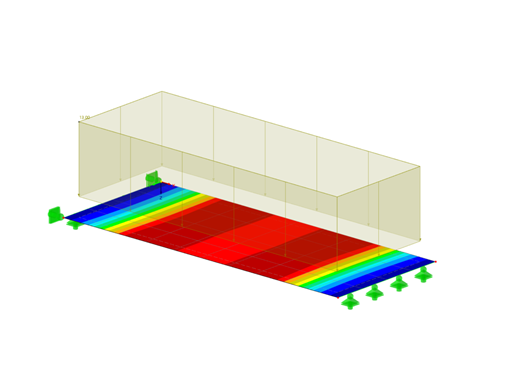
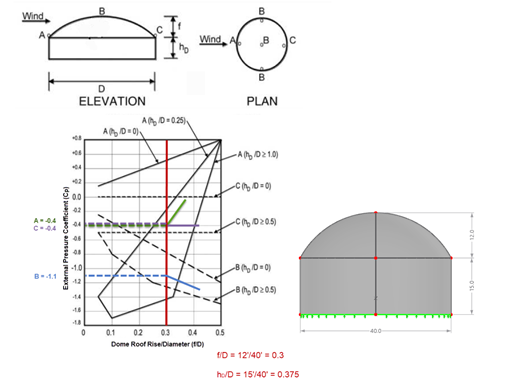










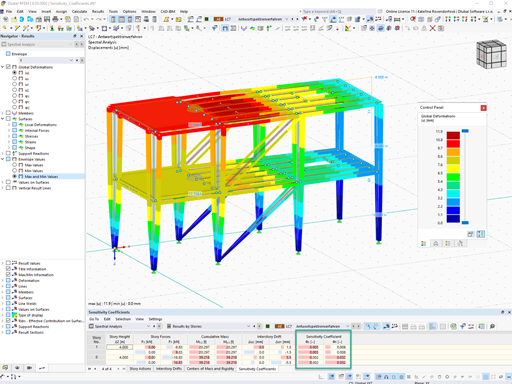
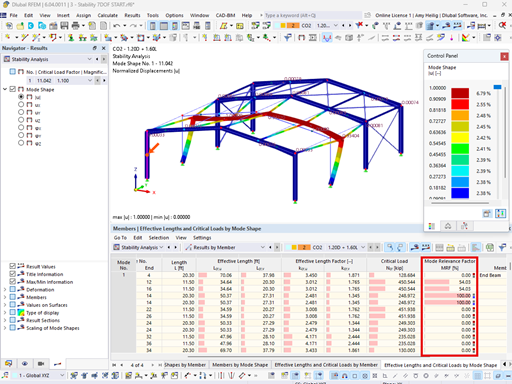
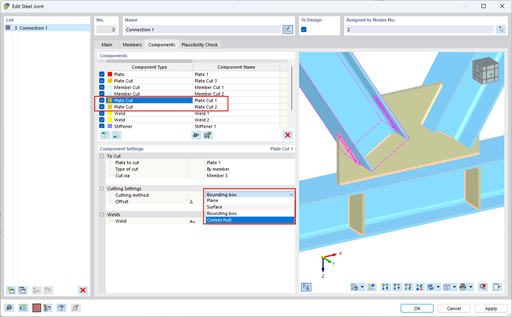

























.png?mw=600&hash=49b6a289915d28aa461360f7308b092631b1446e)
